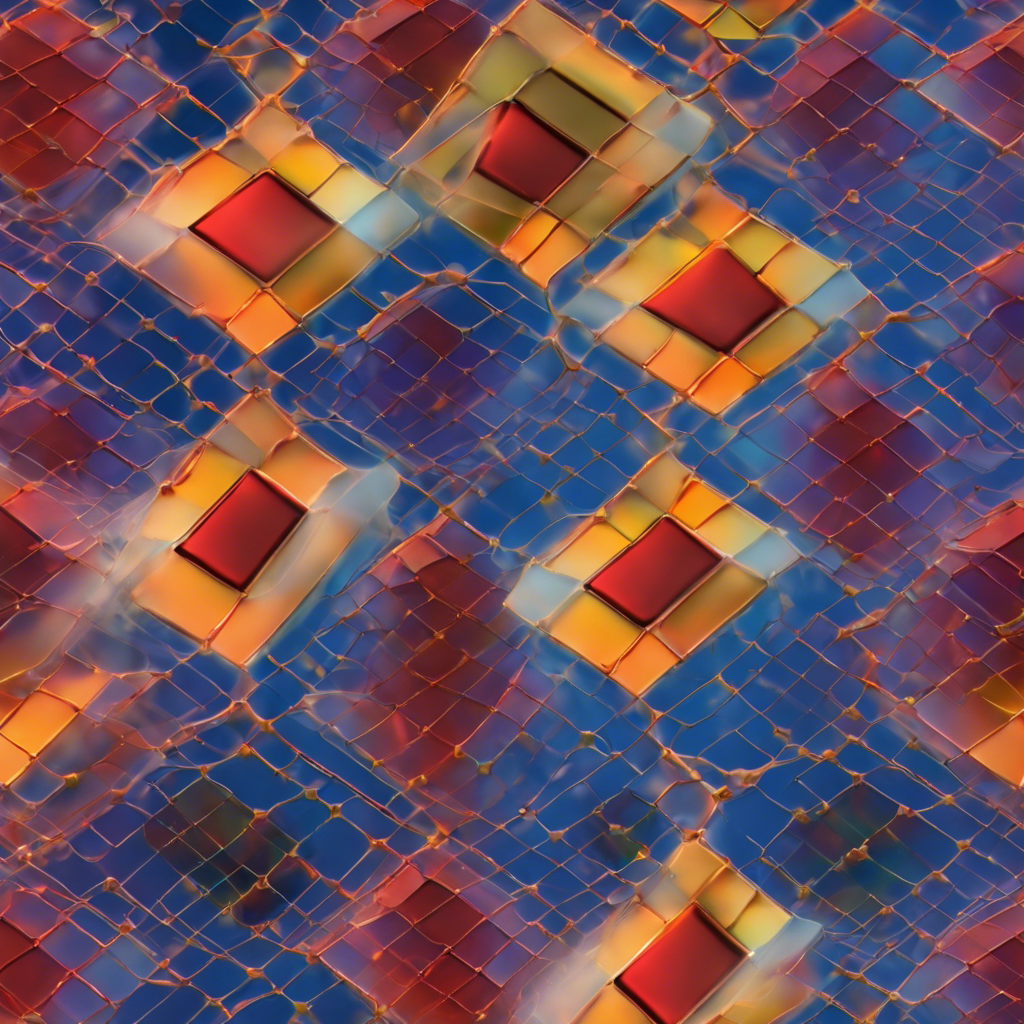MIT Researchers Develop Innovative Method to Integrate 2D Materials into Devices

New Technique Utilizes Van der Waals Forces to Create Pristine Interfaces
Two-dimensional (2D) materials have the potential to revolutionize electronic devices with their remarkable properties. However, integrating these ultrathin materials into practical applications has proven challenging due to the risk of damage during fabrication. In a groundbreaking development, researchers from MIT have devised a new technique that allows for the seamless integration of 2D materials into devices while preserving their unique properties and creating pristine interfaces. This method harnesses the power of van der Waals forces, enabling the creation of high-performance computing systems, sensing devices, and flexible electronics.
Overcoming the Limitations of Van der Waals Integration
The integration of materials using van der Waals forces has its limitations, as these forces are dependent on the intrinsic properties of the materials and cannot be readily tuned. Farnaz Niroui, assistant professor of electrical engineering and computer science at MIT, and her team have developed a platform that addresses this limitation, making van der Waals integration more versatile. By leveraging surface forces at the nanoscale, the researchers have created a method to integrate 2D materials into devices, opening up new possibilities for enhanced functionalities.
The Power of Van der Waals Forces
Van der Waals forces are natural forces of attraction that exist between all matter. MIT researchers have utilized these forces to physically stack a layer of 2D material onto a device, allowing for the creation of clean interfaces. While all materials exhibit van der Waals interactions, the strength of these forces varies. The MIT team has found a way to overcome this challenge by embedding a low-adhesion insulator in a high-adhesion matrix. This adhesive matrix enables the 2D material to stick to the embedded surface, forming a van der Waals interface with the insulator.
A Single-Step Integration Process
Traditionally, integrating 2D materials into devices required the use of sacrificial layers or chemical glues. The MIT researchers have developed a single-step process that eliminates the need for these additional steps. They first create a hybrid surface of metals and insulators on a carrier substrate, which is then flipped over to reveal a smooth top surface. This smooth surface ensures effective van der Waals interactions. The 2D material is prepared separately in a clean environment and brought into direct contact with the prepared device stack. The hybrid surface picks up the 2D layer, allowing for a van der Waals integration that was previously challenging.
Advancing Device Performance and Functionality
The new integration method developed by the MIT team has already demonstrated significant advancements in device performance and functionality. By keeping the 2D material interface clean and pristine, the researchers have been able to push the material to its fundamental limits of performance. They have successfully created p-type transistors, which are typically challenging to make with 2D materials. These transistors outperform previous studies and provide a platform for further exploration and practical applications in the field of electronics.
Conclusion:
The integration of 2D materials into devices has long been a challenge due to the risk of damage during fabrication. However, MIT researchers have overcome this obstacle by developing a novel technique that utilizes van der Waals forces to create clean interfaces and preserve the unique properties of 2D materials. This breakthrough opens up new possibilities for high-performance computing, sensing devices, and flexible electronics. The single-step integration process and the ability to engineer the surface of the 2D material further enhance its potential for practical applications. With this innovative method, the future of electronic devices looks brighter than ever.

